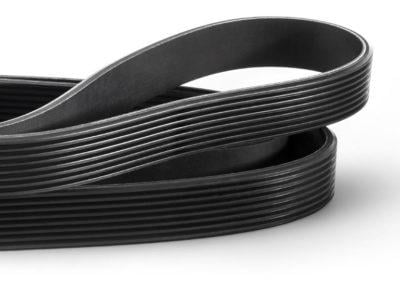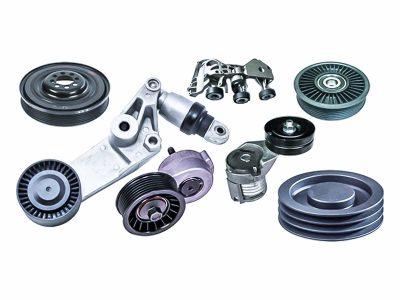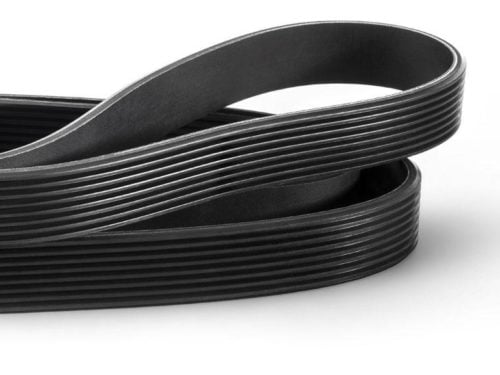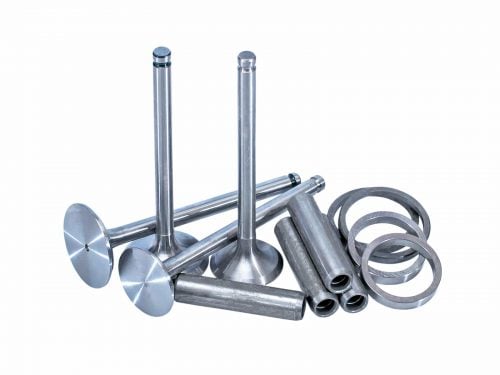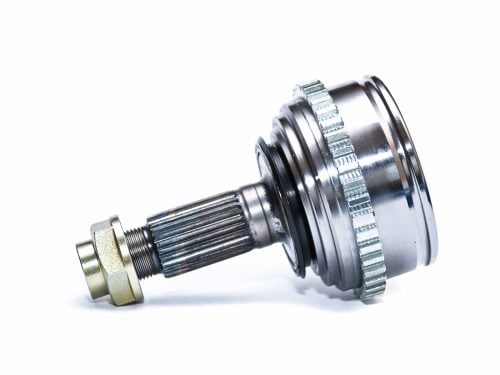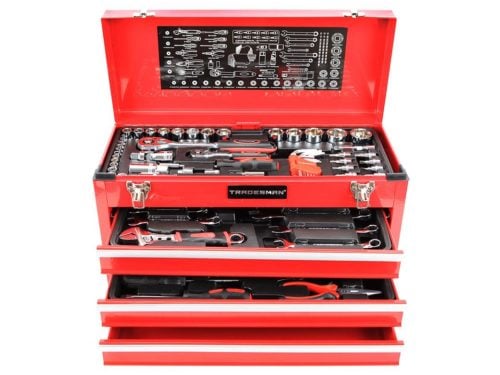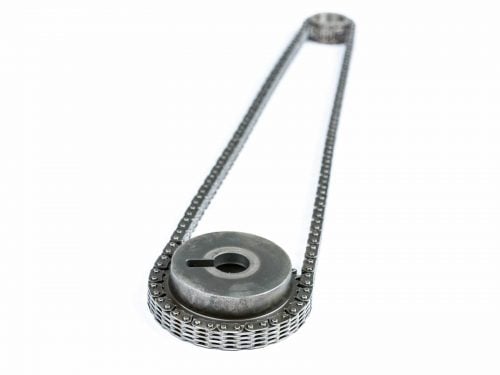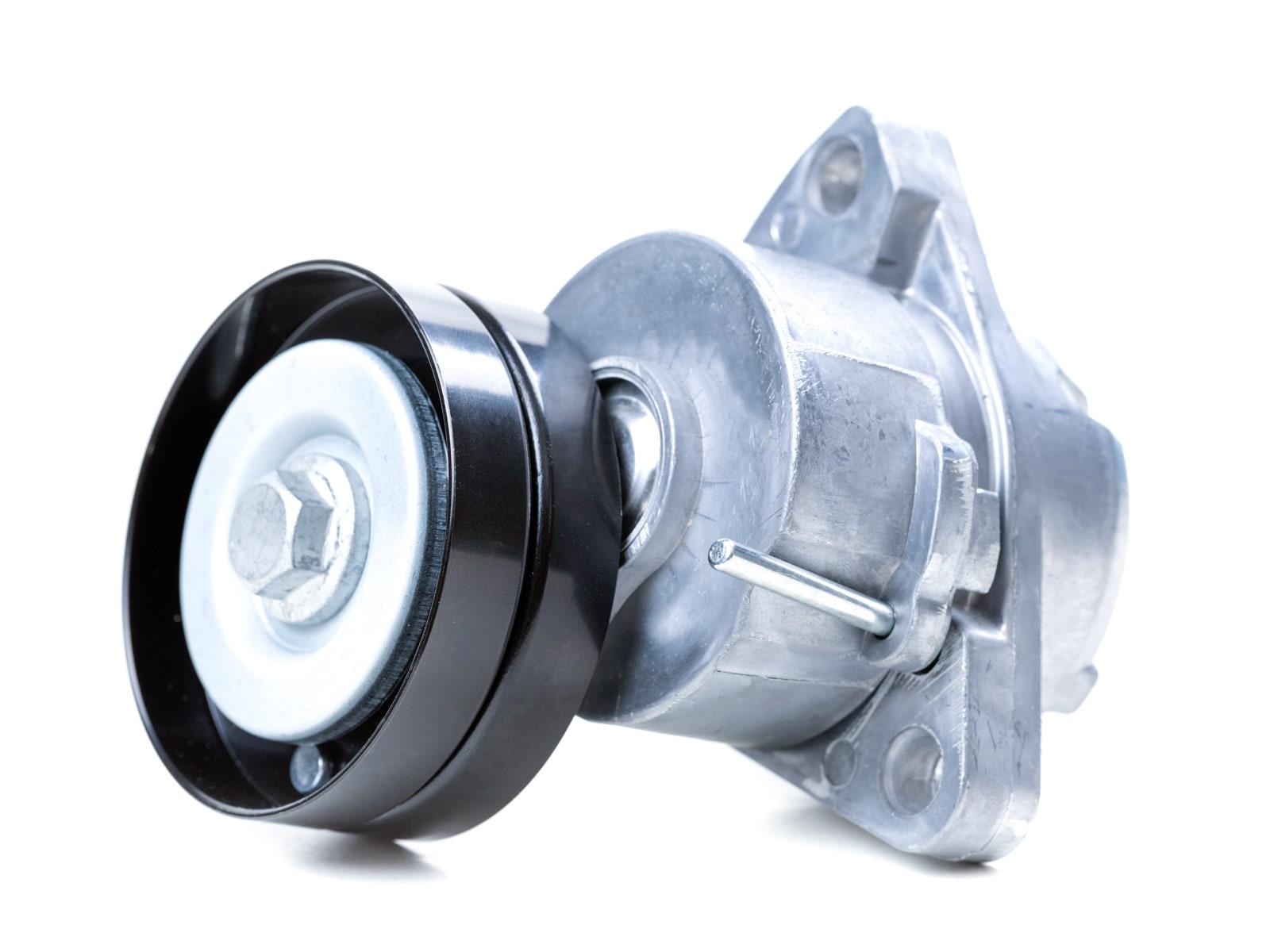
About our automotive engine accessories
Power transmission is a function of belt tension. However, also increasing with tension is stress (load) on the belt and bearings.
Belt tensions should also be adjusted to belt type, size, speed, and pulley diameters and when your tensioners and pulleys get worn, then it is time to replace them in order to keep your belt tension at optimum levels.
Belt tension can be determined by measuring the force to deflect the belt a given distance per inch of pulley.
Fatigue, more so than abrasion, is the culprit for most belt problems. This wear is caused by stress from rolling around the pulleys. High belt tension, excessive slippage, adverse environmental conditions and belt overloads caused by shock, vibration, or belt slapping all contribute to belt fatigue.
Contact us for any of your needs on micro-v belt pulleys and tensioners.

